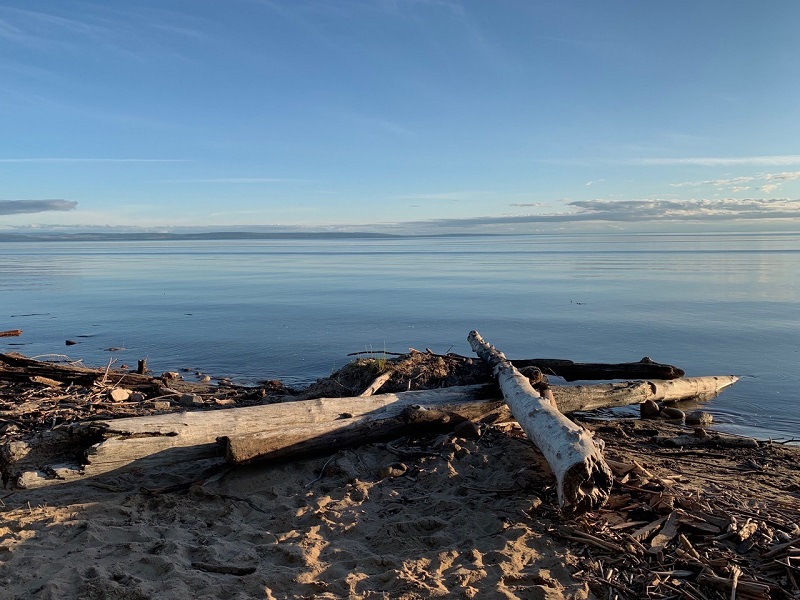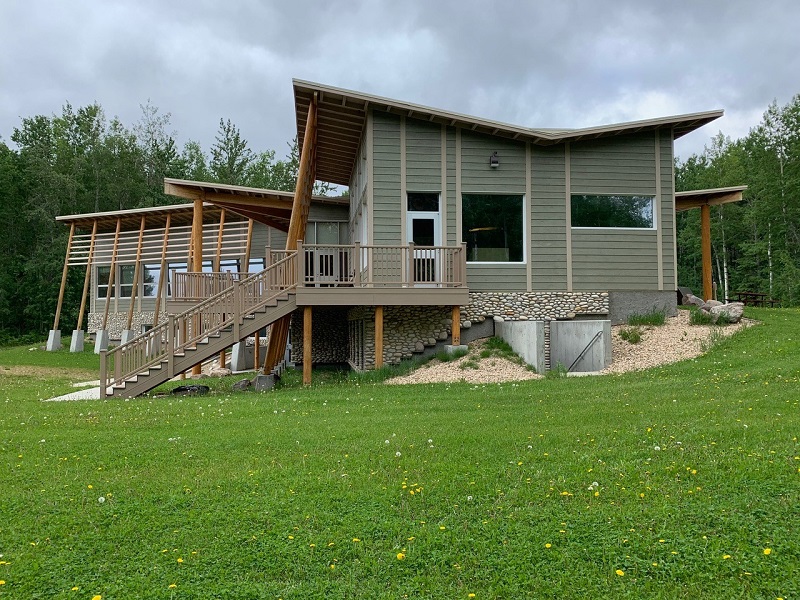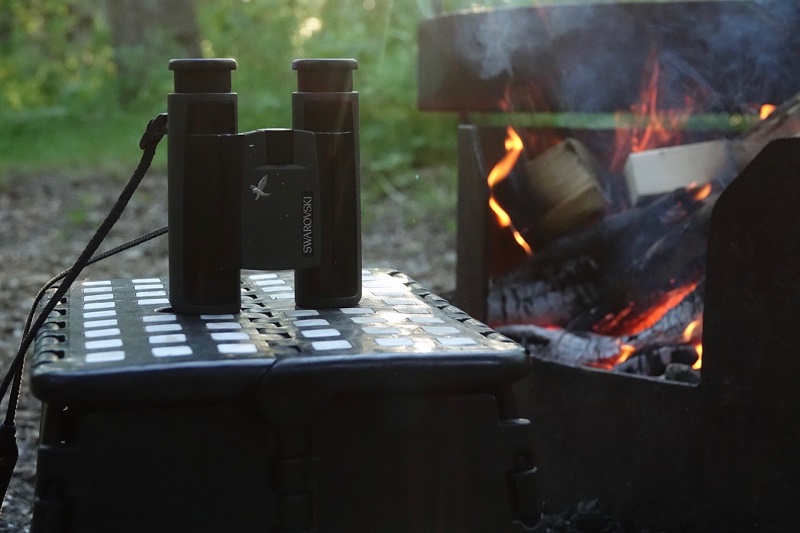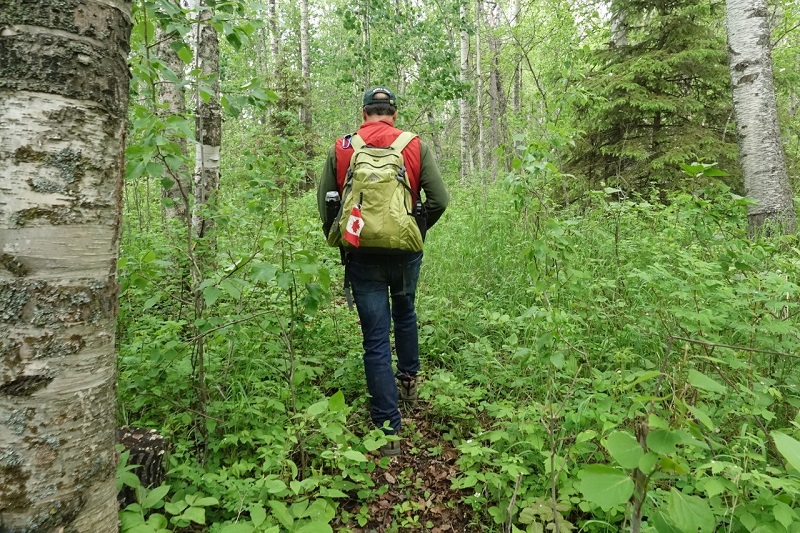As a bird lover, I’d heard legendary tales of bird sightings at Alberta’s Lesser Slave Lake Provincial Park (LSLPP). As a travel writer, I’d had my wings clipped by the pandemic so it seemed this was the year to dust off travel dreams I’d put aside in favour of long-haul travel and plan a regional road trip.
A three-hour drive northwest of Edmonton lays the second largest lake within Alberta boundaries (Wood Buffalo National Park holds the biggest). Ringed by boreal forest, this 107-km-long, sunglass-shaped water body forced me to reevaluate my opinion that Alberta was short on lakes. Alexander Mackenzie named the lake using the Cree word for strangers – slavely – and lesser was added to distinguish it from the larger lake further north.

Lesser Slave Lake offers sandy beaches and northern adventure. Photo Carol Patterson
Standing on water’s edge, I couldn’t see across Lesser Slave Lake. At my feet were long, sandy beaches, driftwood piled higgledy-piggledy. Two intrepid swimmers sat wrapped in towels nearby and a dog climbed into a kayak with its owners for a leisurely paddle. A fisherman drifting in a motorboat cast his line into the lake’s formidable population of walleye and northern pike.
Loons called across the water, patrolling for any birds that encroached on their territory. But few birds will. In 1993, three birdwatchers discovered a large number of warblers – brightly-coloured songbirds – in the forests on the lake’s east side. They realized tiny birds wouldn’t cross the lake on their migration north to boreal nesting sites.

The rare and secretive Connecticut Warbler. Photo Carol Patterson
A short distance east of the lake lays Marten Mountain, another barrier for the birds. The result is a natural funnel directing dozens of bird species through LSLPP, called the “Point Pelee Effect” because it’s similar to the concentration of birds gathering before and after they cross Lake Eerie.
In 1994 a non-profit society, the Lesser Slave Lake Bird Observatory, was created and now each spring and fall researchers capture birds in mist nets (a gentle and short capture that doesn’t hurt birds) recording the number and species and creating a snapshot of bird populations.
For people who don’t want to wander in the woods, they can visit the Boreal Center for Bird Conservation with over 6,000 ft2 of exhibit space, interpretative programming, nature trails and research facilities. It’s the world’s only educational and research center strategically located to study boreal birds where they breed.

The Boreal Centre for Bird Conservation has exhibits, walking trails and research facilities. Photo Carol Patterson
Pandemic travel restrictions meant I’d missed the main migration but I walked among the poles used each spring and fall for mist nets. The woods echoed with the melodious calls of Canada’s prettiest birds and I made slow progress hiking park trails as I stopped to listen.
Walking paths surrounding the campground I heard a bird new to me. I struggled to see the secretive serenader as mosquitos chewed on my ankles. Frustrated, I recorded its song and retreated to the campfire.

Lesser Slave Lake Provincial Park offers great bird watching for spring and fall songbird migrations. Photo Carol Patterson
Turning to social media to help identify the mystery bird, friends suggested it might be a Connecticut Warbler, a pale-green bird uncommon in Alberta. The next morning I set out again to see the bird. A wren chattered in the trees, a pine marten scampered past an empty campsite and the air carried a freshness I similar to the Yukon as I hiked to the spot I’d heard the bird a day earlier.
It was still singing with the enthusiasm of a student released from pandemic homeschooling. I gamely ignored the bugs as feathers flittered among nearby leaves and suddenly the warbler appeared! I snapped several pictures with the enthusiasm I reserved pre-COVID-19 for whale watching.
Roaming near home had never felt so adventurous.

Park trails offer room to spread out. Photo Carol Patterson
Extend Your Trip
For more great recreation and wildlife viewing add stops at:
Cold Lake Provincial Park offers parkland habitat with a deep (and not so warm) lake. It’s popular with boaters, fishers, and wildlife lovers. You can watch jets from nearby CFB Cold Lake fly overhead as you explore.
Elk Island National Park offers the chance to see bison. Often. The campground is fenced but you may encounter a bull while picnicking or find a herd crossing the road ahead of you.



